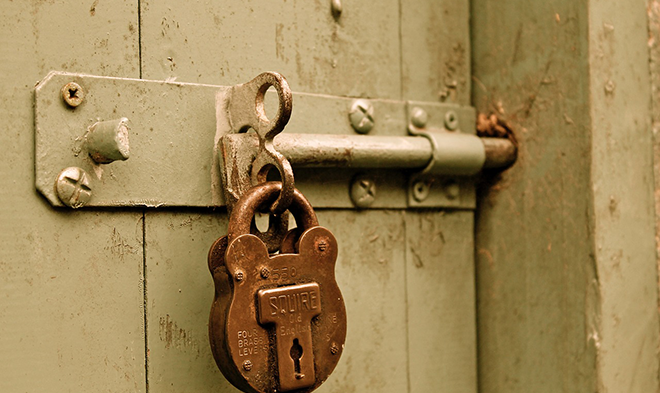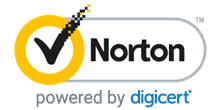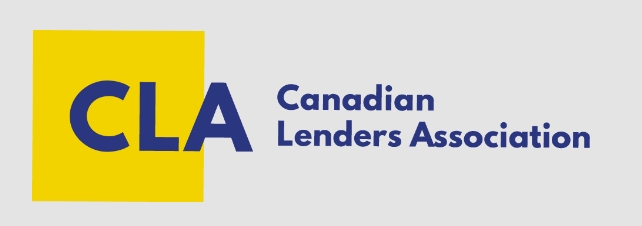10 Tips To Lower Your Risk of Hacking and Identity Theft
News of the recent Equifax hacks is bound to make people nervous about the security of their financial accounts. While modern banking and financial systems have fairly robust security, it’s your responsibility to do your due diligence and safeguard as best you can, your money, credit, and identity. Here are 10 tips to lower your risk of hacking and identity theft.
1. Don’t Save Passwords In Your Browser
Saving passwords in your browser is risky because if someone else uses your browser, they effectively have access to your all of your sensitive accounts.
2. Change Passwords Frequently
It’s inconvenient and difficult to remember new passwords for your accounts, but it’s an effective way to keep your accounts secure. Making use of tools like Passpack.com will help you manage your passwords.
3. Logout of your accounts
Whenever you’ve finished transferring funds or paying your bills online, make sure to always log out of all your accounts. This will prevent anyone using the same computer from being able to access your accounts.
4. Monitor Your Credit Report
If you’re actively monitoring your credit report, you’ll catch anything suspicious before it becomes a larger problem. Read our blog on 3 Easy Ways Canadians Can Check Their Own Credit Score
5. Watch what you share on social media
Remember that the public can see any personal information you share, so be on guard against identity theft! Even posting a photo of your home with the address in view, or your car with a visible license plate can lead to trouble.
6. Lock down your profiles
Go through your privacy settings on all of your social media accounts and make sure that only your friends can see your posts. If it’s a business account, refrain from sharing anything specific about yourself.
7. Shred Sensitive Documents Before Recycling
It may sound surprising, but people do sift through garbage in the hopes of finding information that they can use to take out credit cards and utility accounts.
8. Switch From Paper To Digital Statements
The fewer hard copies of your information there are in mailboxes, mail trucks and floating around your house, the safer your information is.
9. Leave Some Of Your Identification At Home
There’s no need to be wandering around town with your birth certificate or your social insurance number. Unless you specifically need more, your driver’s license will suffice as identification in your day-to-day life. This practice will ensure that potential thieves won’t have much, even if they get their hands on your wallet or purse.
10. Don’t Click Suspicious Email Links
If a link indicates that it will take you to any of your online accounts, verify its authenticity first. The best way to do this is to look at the address the link contains - it should include the official URL of the company that hosts that account. Anything other than that is likely phishing for your login and password.
You can’t be 100% safe from leaks and hacks, but taking the necessary precautions will ensure that your information is quite safe.
What are some of the steps you take to ensure your information is safe? Let us know in the comments!






Leave a Reply